Mineral Deficiencies
We live in the ‘developed’ world and we believe our food supply to be superior- and in some ways it is- unfortunately, when it comes to nutrient density, it is less than optimal, especially in regards to mineral content.
In the last 50 or so years there’s been an unprecedented change in how our food is grown, stored and sold. This change has enabled us to have cherries from the US in the middle of winter and lychees from China, however the vitamin and mineral content during this time has been steadily declining. The processing of foods into packaged ‘food products’ has contributed to food containing almost zero nutrition and a bunch of calories with a shelf life of many years.
In Australia particularly, it is now acknowledged that our soils have become depleted of many vital minerals. Plants get their minerals from the earth- if the soil doesn’t contain them, the plants won’t contain them either and neither will our bodies! The quantities of vital minerals like magnesium, iodine, calcium, potassium, selenium and others have all greatly diminished in our soils and subsequently in our fruit and vegetables. Here is an interesting comparison of the mineral content of veg from 80 years ago compared to today:
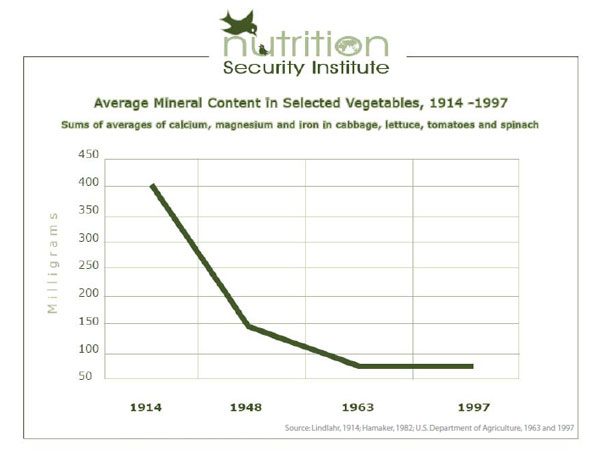
mineral-decline-in-vegetables
Why do we need minerals?
Minerals are vital for our body’s functioning. They are required in very small amounts, but without them we would literally not exist. Without iron our blood would stop, without calcium our heart would stop and without zinc we wouldn’t have an immune system- just a couple of examples!
According to Dr Carol Hungerford, a leading physician and author from Sydney, a host of modern diseases have their roots in mineral deficiencies: cancer, arthritis, asthma, autism, Alzheimers, multiple sclerosis, and Parkinson’s disease, to name a few (read full article here). Unfortunately, the modern medical model ignores these vital parts required for our bodies. There are many natural health care practitioners and integrative doctors who believe that if our population had adequate levels of minerals in our bodies, a huge proportion of disease could be prevented.
What many practitioners are finding nowadays are rampant mineral deficiencies and imbalances amongst adults as well as children.

minerals
A few examples of what mineral deficiencies can look like:
-A person who is undergoing serious stress at work (even temporarily) and has poor reserves of magnesium (as 95% of the population do) with a family history of cardiovascular issues (how common is that) may begin to experience insomnia, anxiety/panic attacks, arrhythmias, muscle twitches and leg cramps.
-A child who was breastfed then moved to iron fortified cereal and drinks 2-3 glasses of cow’s milk per day is highly likely to have iron deficiency anaemia. The huge intake of calcium from the milk and the poor absorption of iron from the processed rice cereal would lead to an inadequate intake of dietary iron. This will be reflected in poor growth, low energy, poor school performance and poor immune health. This is a very common situation today.
-A person who doesn’t eat much seafood, fish or seaweed (how many kids eat these?) will be deficient in iodine. In fact, in 2006 the National Iodine Nutrition Study (NINS, the largest study of its kind in Australia) examined iodine levels of 1700 Australian school kids and found that “iodine deficiency is widespread amongst the population”. The study confirmed that “even mild iodine deficiency can lead to reduced intellectual capacity and IQ, impaired psychomotor development and increased incidence of ADHD”.
-A deficiency of zinc can lead to a multitude of problems, including immune dis-regulation, hypochlorhydria (low stomach acid- extremely common), parasites/bacterial overgrowth, weak nails/skin/hair and so many others. Zinc deficiency and imbalances are very common today.
-An imbalance between zinc and copper can lead to antisocial/violent behaviour, alcoholism, and psychological disorders. Researchers have found this imbalance to be very common in aggressive/antisocial children.
-Heavy metal toxicity (common in children and adults alike) due to food and environmental exposure will cause an imbalance with beneficial minerals, such as zinc and iron and will impact immune function, mood, detoxification, behaviour and many other facets of health.
As you can see, minerals and their balance are extremely important for our optimal health and function and if not corrected early, can cause a lifetime of health issues, often misdiagnosed.
Hair Mineral Analysis
Fortunately, there are reliable ways of testing mineral and heavy metal levels through a Hair Analysis. A Hair Tissue Mineral Analysis (HTMA) is a test that measures mineral levels in the ’tissues’- of which hair is a good indicator.
A small amount of hair (about a tablespoon) is cut and collected for analysis. The laboratory then issues a full analysis and report on the levels and ratios of minerals in the body. The clinical nutritionist then uses this information to design a nutrition and supplement plan that over the course of several months will bring the body’s mineral reserves into the right balance and get to the cause of the symptoms.
The main reason hair is used instead of blood levels for mineral analysis is that the body will always maintain minerals in the blood within a narrow physiological range. For example, blood calcium and iron levels are regulated tightly by the body because if these vital minerals were out of range in the blood, our heart would stop and our brain wouldn’t receive any oxygen! The body maintains optimum levels in the blood at the expense of peripheral tissues. That’s why hair is a good barometer of the body’s mineral stores.
Hair analysis is also a great non-invasive way to monitor children’s health – avoiding the common drama that goes with collecting blood tests from kids.

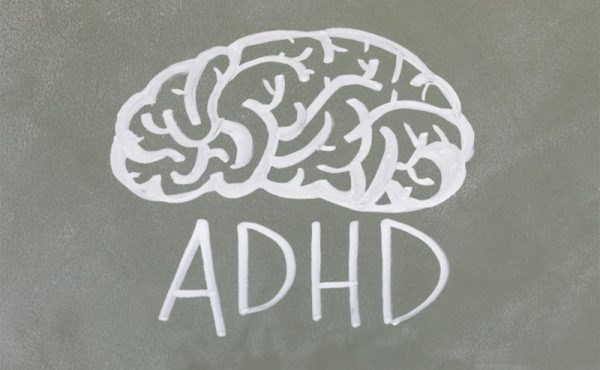
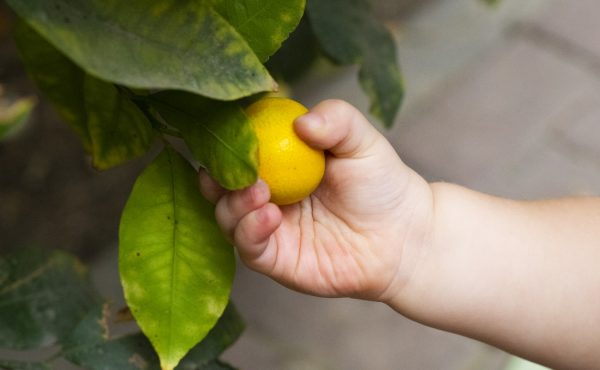
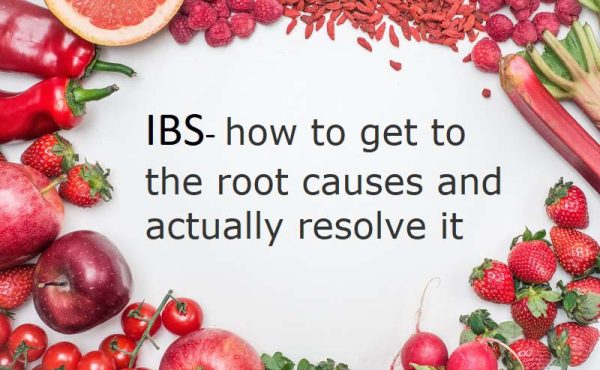
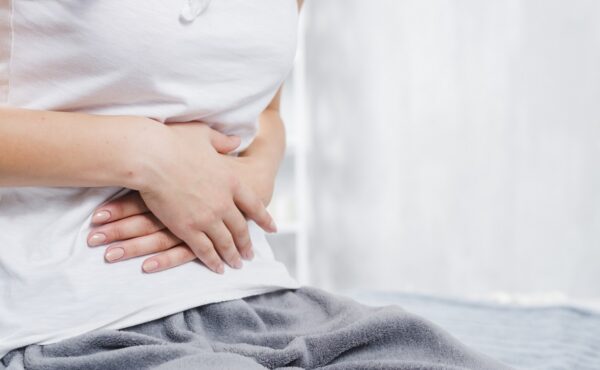
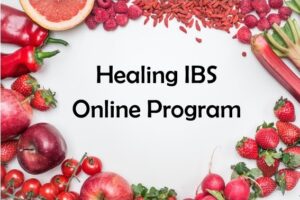

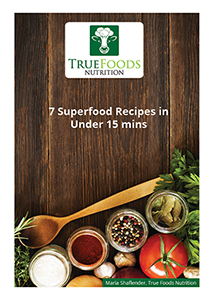
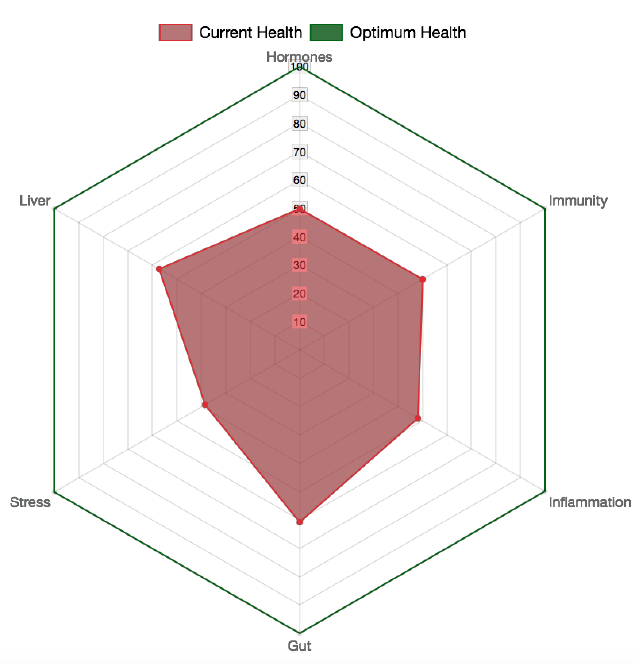


[…] Read more about mineral deficiencies. […]
I am extremely interested in everything I have read on your Facebook page. I am very passionate about nutrition and your approach resonates with me. I am curious as to how you started on your study journey to become a clinical nutritionist. I would love to start my own journey and need some direction. I live in Gympie Qld. Thank you Tracey Gourlay.
Hi Tracey, thanks for your comment. One day I was chatting to a friend who studied nutrition 20 years ago. Whilst we were talking something in my head just clicked – ‘I have to do this for the rest of my life!’. It was an ‘Aha’ moment. Check out the colleges/unis around where you live, a lot of them do part of the course online. I recommend a ‘proper’ uni or college course rather than a quick online qualification if you can dedicate the time to it. You won’t regret it, good luck on your journey!